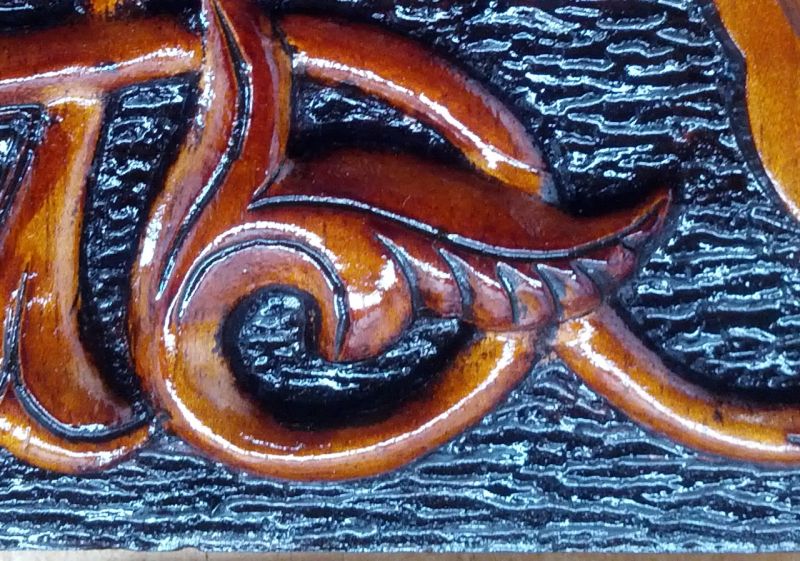Question
I am getting tiny pinholes in pigmented material on vertical surfaces. I feel the material is not blending together and leveling well (all clears on verticals are fine, just paints). My coat thickness is fine and if any thicker, sags and runs begin. On horizontal surfaces such as frames or doors, I probably mask this problem by piling material on enough to where it flows. Before winter, this was not a problem without thinning. Yes, my shop is cold, as well as my wood, buy why do all my clears spray fine with this same setup? Clears are thinner in nature, so should I thin my paints as a quick fix?
I currently spray with a Graco AAA FinishPro 395 and ML Campbell material. The gun rep stated "no thinning" as a selling feature - this was one reason for my purchase. I use the High Performance Pre-Cat line for all my clears and paints, which is referred to as the new baby MagnaMax.
The only thing I use is space heaters. I do heat my products after I spray to speed up drying, but that's it. I run the heaters before spray, but this does only so much. I use power blankets pail heaters to heat my fluid and if I had to guess, my fluids are close to 80 degrees before the line and to the tip. As winter begins, using these heaters became a big help, but paints have become more of a challenge.
So what gives? It's impossible for my shop to be heated and sustained to 70 degrees for spraying, so would thinning alone help level and hide my problem? Again, my clears are fine horizontal and vertical, as well as paints horizontal. I may buy a 130 degree heater as opposed to my 90 to account for loss of heat when the paint reaches the wood.
Forum Responses
(Finishing Forum)
From contributor C:
When a sales person states "no thin necessary," that is based on using the material at the temp/humidity/etc. that was tested at their labs. When those parameters change, you do what they tell you to do - so contact them or wait till someone who is spraying in the exact same circumstances using the same setup as you responds.
Just so you know - the temp of the air/sprayed work/material should not be more than 10 degrees in difference for best results. This is before/during/after.
Since you said there was no problem before winter, there may be no problem with your products. I'm a long time ML Campbell fan and MagnaMax is a great topcoat. I have never had any problems with their Resistance or Stealth pigmented products.
I have found heating lacquer to 80 degrees may be a little high. In the summer lacquer at 70 degrees works just fine. Warm lacquer makes for great gun flow and fan control, but when that very thin coat of lacquer hits that cold wood, it cools fast, and flow can almost stop if cold enough.
That's when thinning comes in, but be careful with the balance between heat and thinning - too much of both and you will have uncontrollable runs. I favor a little heat and a well managed recipe of retarder and thinner. A mix of each for each situation will vary.
A red flag did pop up when you mentioned heating with a space heater. Up north we live with these heaters and learned quick about the oily fuel film left behind. Some fuels burned in these things are worse than others, but all can contaminate your finish.
I grew tired of compensating for the cold instead of actually finishing. I'm now finishing in Nashville, TN.
One other thing - I have never run across a situation where the gun I'm finishing with dictates if I thin my product or not. At best, I may have to change the tip. Try not to believe everything that comes from a salesman's mouth and I think you'll be better off.
